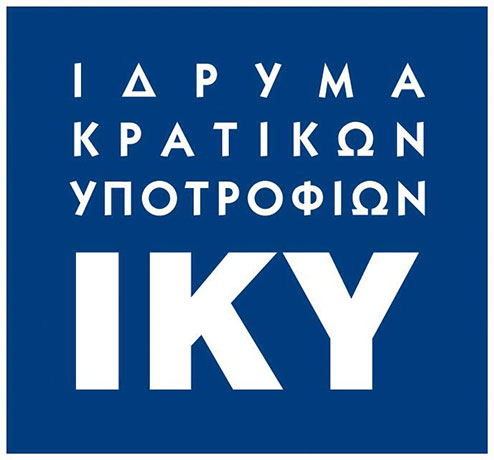Natural Phenomena in Athens
As every country, Greece has particular natural phenomena, related to the country’s history and geographical position.
Αlcyonides Days

Greek winter can be cold, as it always snows in the mountain areas. However, every year there are also days with clear blue sky and warm temperatures, which in Athens region can reach more than 20°C during day-time. The so-called Αlcyonides Days appear during a non-interrupted period from mid-January to mid-February.
Ancient Greeks used to interpret natural phenomena through myths that often had a dramatic end, as in the case of Alcyone.
Alcyone, daughter of Aeolus, God of the Winds, and wife of the mortal King Ceyx, deeply and unconditionally loved her husband. The happily married couple lived by the sea in Trachis, where Ceyx loved fishing. One day Ceyx went off fishing despite his wife’s warnings. He ended up drowning in the foaming waves after a lightning stroke his boat. It was not long since his body was beached off the coast, while Alcyone was watching from the top of a cliff onshore.
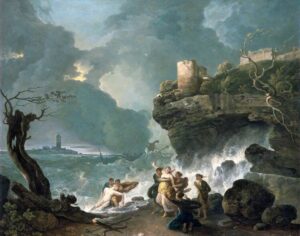

In deep despair from the loss of her husband, she threw herself into the dark waves. Amazed by her love and devotion, Zeus (the King of Gods) decided to save her and transformed both spouses into small seabirds with vivid colors, so they could live and be together.
Alcyone would lay her eggs in winter. Having her nest on the shore, nearby the spot where she had found the body of Ceyx, the stormy waves kept sweeping away her eggs. Sympathizing twice with the princess’ misfortune, Zeus decided on giving her some days of warm and calm weather in the heart of winter, where she could lay her eggs to hatch in the cracks of sea rocks.
Those days have been named after her, reminding us of the myth of the princess Alcyone.
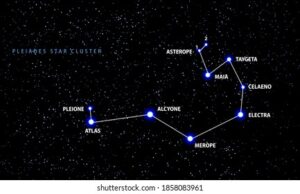
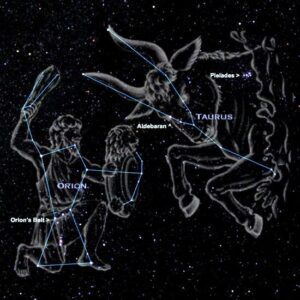
For a more scientific explanation of the phenomenon of warm, shiny days during winter, we will have to switch direction towards the sky and check out the constellation of Alcyon (named after the seabird Alcedo atthis) of the Pleiades Star Cluster. This particular star culminates in mid-winter, that is it reaches its highest point of luminosity during the night. Consequently, the days when the constellation is visible at night on the highest level of the celestial dome are called Alcyonides Days.
Pleiades are a group of more than 800 stars located about 410 light-years from Earth in the constellation Taurus.
A meteorological explanation wants the phenomenon of the Alcyonides Days to be due to the position of Greece in southeastern Europe: because of its latitude it is in a geographic position where for a short period in winter, there is a balance in the barometric pressures of southern and northern Europe. This translates into intense apnea and clear weather, with significant sunshine and a temperature that can exceed 20°C. The most probable dates of occurrence of the phenomenon are during the second half of January until the first half of February, without this meaning that the phenomenon is strictly observed every year.


Regardless of the approach chosen to explain the phenomenon, it is a fact that Alkyonides Days are here to remind us that we have made it all through mid-winter and that spring time is approaching!
Earthquake activity
The earthquake is a natural phenomenon that often strikes Greece and other countries as well. Greece is the first country in Europe in terms of seismicity and the sixth in the world.
It is caused by a sudden slip on a fault. The friction of tectonic plates releases stored energy in Earth’s crust, creating seismic waves that travel through the ground and cause the shaking that we feel. In Greece there are two plates: the African Plate and the Eurasian Plate.

Source: BBC
Ancient Greeks believed Poseidon, King of the Sea, to be the cause and God of earthquakes. When he was in a bad mood, he struck the ground with a trident, causing earthquakes and other calamities. He also used earthquakes to punish and inflict fear upon people as revenge.

Poseidon from Milos, 2nd century BC (National Archaeological Museum of Athens)
Greece is located at the complex boundary zone in the eastern Mediterranean between the African Plate and the Eurasian Plate. In mainland Greece, normal faulting gives earthquakes up to 7 in magnitude, while in the northern Aegean, strike-slip events with a magnitude of 7.2 have been recorded.

Tectonic setting of the Aegean (Papazachos et al. 1998)
The Aegean and its surrounding areas (including the Balkan and Western Turkey) are the most seismically active areas of the whole Mediterranean and in the whole West Eurasia. The reason is that this area is among the most stressed part of the collision zone between the Eurasian and the African tectonic plates.

The Aegean and its main features (courtesy: WIkimedia Commons, en.wikipedia.org/wiki/File:Hellenic_arc.png)
The island of Crete represents an uplifting sedimentary fore-arc zone located north of the subduction zone in the transition between the African and Eurasian plates.
The Hellenic arc parallels the subduction zone at a distance of about 120 km to the north, and contains several active volcanic centers (Methana, Santorini, Nisyros, and the Bodrum Peninsula).
The area believed most prone to be hit by earthquakes is specifically along the coasts of Western Greece from Corfu to Western Crete. A great deal of destructive seismic activity can generally occur in those regions.
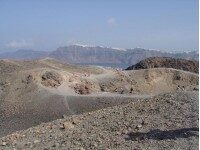
The Santorini Volcano
Institute of Geodynamics is the main center in Greece, for the continuous monitoring of the seismicity of the country and reporting to national and international authorities.
The I.G operates around the clock, 365 days a year.
The I.G has also a crucial mission, which is to inform the Government, the General Secretariat of Civil Protection, the Earthquake Planning and Protection Organization (E.P.P.O) and the Public about the seismic activity of Greece.
Moreover the Institute’s aim is the study and research in the fields of: seismology, physics of the earth’s interior, geophysics, plate tectonics, volcanology and geothermy, neotectonics, tsunamis, seismotectonics and Strong Motion and Engineering Seismology.
Main tasks of G.I. are collection and processing of various seismological – geophysical parameters, the elaboration of research projects and relevant studies, the training and services provided to third bodies.
The contribution of I.G to the Higher Education is also strong. A lot of undergraduate, postgraduate and PhD theses have been carried out at the Institute. I.G collaborates with Universities and Research Centres in Greece and abroad in order to carry out scientific research on various seismological and geophysical themes.
The Organization for Earthquake Planning and Protection (OASP) was founded in 1983.
It is a Legal Entity under Public Law and is supervised by the Ministry of Infrastructure, Transport and Networks.
Purpose of O.A.S.P. is the elaboration and planning of the anti-seismic policy of the country -in the framework of the governmental directions- as well as the coordination of the actions of public and private.
Get ready for the earthquake!
https://www.oasp.gr/sites/default/files/OASP%20afisa%201.pdf
African “imported” dust
When during your stay in Athens the famous, shiny Greek blue sky becomes brown or orange, you will know that it is the African dust that travelled all the way from the Sahara Desert across the Libyan sea and over Crete to Attica region.

https://greekreporter.com/2018/03/26/athens-acropolis-covered-in-african-dust-photos/

https:/www.cna.gr/green/skoni-pou-erxete-apo-tin-afriki/
The African dust has been visiting Greece quite frequently lately. It has also been travelling to other parts of the globe, where it did not appear before, as one can deduct from the following map:

https://www.meteo.gr/dustMaps.cfm
The unprecedented presence of the dust in many parts of the world at a more frequent paste is a reminder of the desertification in process in the desert.
The desertification recorded in Sahara is proceeding rapidly, resulting consequently in the expansion of desert areas to the detriment of arable land. The increasing amount of dust that can be transported into the atmosphere sweeps off increasingly larger amounts of heavy metals due to human activity.
Scientists have conducted research by measuring the components trapped in the particles of the dusty clouds. Surprise! Dangerous heavy metals have been identified. Lead, 82Pb, zinc, 30Zn, chromium, 24Cr, vanadium, 23V, arsenic, 33As, and nickel, 28Ni, are among the substances that come along with African dust.
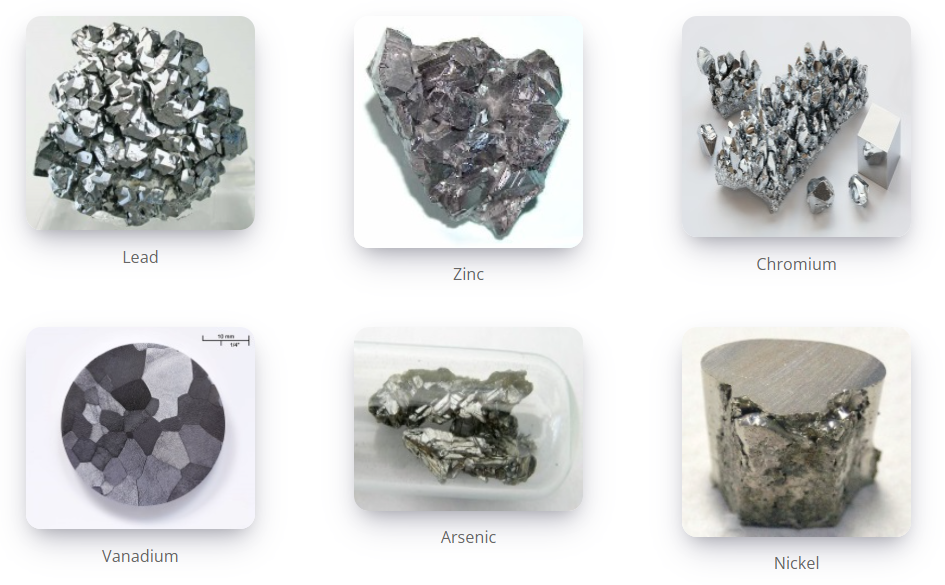
The impact on public health in Greece is considerable. An increase of hospitalized citizens with cardiac and respiratory issues during the dusty days is now a fact. This is happening because the particles containing the harmful substances find easily their way into the human body, through the respiratory system.
For the protection of public health from concentration of airborne particles, the following is recommended:
- People with respiratory and cardiac condition should avoid energy consuming outdoor activities.
- People with asthma should be prepared for making a more frequent use of the palliative medicine.
- Any person experiencing itchy eyes or throat, or nasal congestion should limit physical activity, especially if carried out outdoors.


